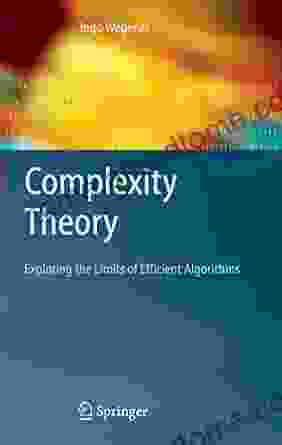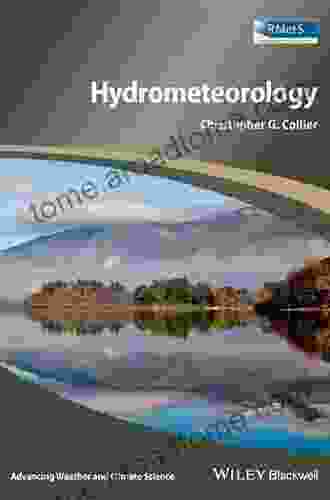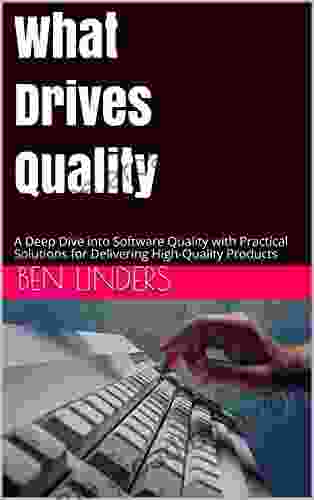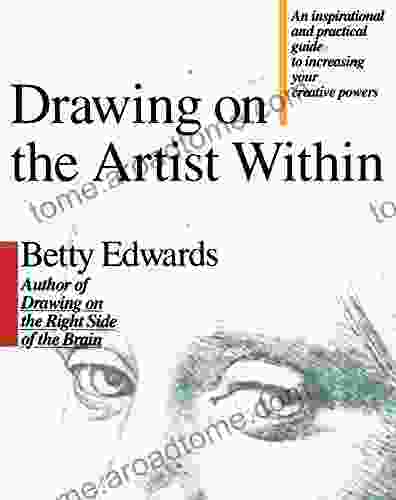Complexity Theory: Exploring the Limits of Efficient Algorithms

Complexity theory is a branch of theoretical computer science that studies the efficiency of algorithms. It seeks to determine the inherent difficulty of computational problems and to classify them according to their computational complexity. This book provides a comprehensive to the field, covering a wide range of topics from the basics of computability to the latest advances in complexity theory. It is written in a clear and engaging style, making it accessible to readers with a variety of backgrounds.
4.7 out of 5
| Language | : | English |
| File size | : | 3977 KB |
| Text-to-Speech | : | Enabled |
| Screen Reader | : | Supported |
| Print length | : | 320 pages |
Table of Contents
- The Basics of Computability
- Complexity Classes
- NP-Completeness
- Reductions and Completeness
- Circuit Complexity
- Proof Complexity
- Quantum Complexity Theory
- Applications of Complexity Theory
Complexity theory is a relatively young field, with its origins in the work of Kurt Gödel in the 1930s. Gödel's incompleteness theorems showed that there are certain mathematical statements that cannot be proved or disproved within a given formal system. This led to the realization that there are inherent limits to what can be computed by any Turing machine.
In the 1960s, Stephen Cook and Richard Karp independently developed the concept of NP-completeness. NP-completeness is a class of computational problems that are all equally difficult to solve. This means that if any one NP-complete problem can be solved efficiently, then all NP-complete problems can be solved efficiently. However, no NP-complete problem has ever been shown to be solvable efficiently, leading to the conjecture that no NP-complete problem is solvable efficiently.
The P versus NP problem is one of the most important unsolved problems in computer science. If the P versus NP problem could be solved, it would have a major impact on a wide range of fields, including cryptography, artificial intelligence, and operations research.
The Basics of Computability
Computability theory is the study of what can be computed by a Turing machine. A Turing machine is a simple abstract model of a computer. It consists of a tape divided into cells, each of which can hold a symbol. The Turing machine also has a head that can read and write symbols on the tape. The head can move left or right along the tape, and it can also change the state of the machine.
A Turing machine can be programmed to perform any computation that can be performed by a real computer. However, Turing machines are not always efficient. Some computations can be performed very efficiently by a Turing machine, while other computations can take a very long time.
Computability theory provides a way to classify computational problems according to their inherent difficulty. The most basic class of computational problems is the class of decidable problems. A decidable problem is a problem that can be solved by a Turing machine in a finite number of steps. The class of undecidable problems is the complement of the class of decidable problems. An undecidable problem is a problem that cannot be solved by a Turing machine in a finite number of steps.
Complexity Classes
Complexity theory classifies computational problems according to their computational complexity. The most common measure of computational complexity is time complexity. The time complexity of a problem is the amount of time that a Turing machine takes to solve the problem as a function of the size of the input.
There are a number of different complexity classes, each of which represents a different level of computational difficulty. The most basic complexity class is the class of polynomial-time problems. A polynomial-time problem is a problem that can be solved by a Turing machine in a time that is polynomial in the size of the input. The class of exponential-time problems is the complement of the class of polynomial-time problems. An exponential-time problem is a problem that can be solved by a Turing machine in a time that is exponential in the size of the input.
There are a number of other complexity classes, such as the class of logarithmic-space problems, the class of constant-depth circuit problems, and the class of nondeterministic polynomial-time problems. Each of these complexity classes represents a different level of computational difficulty.
NP-Completeness
NP-completeness is a class of computational problems that are all equally difficult to solve. This means that if any one NP-complete problem can be solved efficiently, then all NP-complete problems can be solved efficiently. However, no NP-complete problem has ever been shown to be solvable efficiently, leading to the conjecture that no NP-complete problem is solvable efficiently.
NP-completeness is a very important concept in complexity theory. It is used to classify computational problems and to determine the inherent difficulty of solving them. There are a number of different ways to prove that a problem is NP-complete. The most common method is to reduce a known NP-complete problem to the problem in question.
Reductions and Completeness
Reductions are a fundamental concept in complexity theory. A reduction from one problem to another is a way of showing that the second problem is at least as hard as the first problem. If there is a reduction from problem A to problem B, then any algorithm that can solve problem B can also be used to solve problem A.
Completeness is a related concept to reductions. A problem is said to be complete for a complexity class if all other problems in the complexity class can be reduced to it. This means that if a complete problem can be solved efficiently, then all other problems in the complexity class can also be solved efficiently.
Circuit Complexity
Circuit complexity is a branch of complexity theory that studies the computational complexity of boolean circuits. A boolean circuit is a directed acyclic graph that computes a boolean function. The nodes of the circuit are called gates, and the gates are connected by wires. The gates can perform a variety of operations, such as AND, OR, and NOT.
Circuit complexity is important because it provides a way to measure the computational complexity of boolean functions. The size of a boolean circuit is the number of gates in the circuit. The depth of a boolean circuit is the length of the longest path from the input gates to the output gate.
There are a number of different measures of circuit complexity, such as the size of the circuit, the depth of the circuit, and the number of wires in the circuit. Circuit complexity is used to classify boolean functions according to their computational complexity.
Proof Complexity
Proof complexity is a branch of complexity theory that studies the computational complexity of proofs. A proof is a sequence of statements that proves a theorem. The statements in a proof are called axioms or rules of inference.
Proof complexity is important because it provides a way to measure the computational complexity of theorems. The size of a proof is the number of statements in the proof. The depth of a proof is the length of the longest path from the axioms to the theorem.
There are a number of different measures of proof complexity, such as the size of the proof, the depth of the proof, and the number of axioms in the proof. Proof complexity is used to classify theorems according to their computational complexity.
Quantum Complexity Theory
Quantum complexity theory is a branch of complexity theory that studies the computational complexity of quantum algorithms. A quantum algorithm is an algorithm that uses quantum bits to perform computations.
Quantum complexity theory is important because it provides a way to measure the computational complexity of quantum algorithms. The size of a quantum algorithm is the number of quantum bits used by the algorithm. The depth of a quantum algorithm is the length of the longest path from the input qubits to the output qubits.
There are a number of different measures of quantum complexity
4.7 out of 5
| Language | : | English |
| File size | : | 3977 KB |
| Text-to-Speech | : | Enabled |
| Screen Reader | : | Supported |
| Print length | : | 320 pages |
Do you want to contribute by writing guest posts on this blog?
Please contact us and send us a resume of previous articles that you have written.
 Book
Book Novel
Novel Page
Page Chapter
Chapter Text
Text Story
Story Genre
Genre Reader
Reader Library
Library Paperback
Paperback E-book
E-book Magazine
Magazine Newspaper
Newspaper Paragraph
Paragraph Sentence
Sentence Bookmark
Bookmark Shelf
Shelf Glossary
Glossary Bibliography
Bibliography Foreword
Foreword Preface
Preface Synopsis
Synopsis Annotation
Annotation Footnote
Footnote Manuscript
Manuscript Scroll
Scroll Codex
Codex Tome
Tome Bestseller
Bestseller Classics
Classics Library card
Library card Narrative
Narrative Biography
Biography Autobiography
Autobiography Memoir
Memoir Reference
Reference Encyclopedia
Encyclopedia James P Dorian
James P Dorian Jakob Nielsen
Jakob Nielsen Elie Mikhael Nasrallah
Elie Mikhael Nasrallah Erin Mackey
Erin Mackey Barbara Demeneix
Barbara Demeneix Belden C Lane
Belden C Lane Dorothy H Crawford
Dorothy H Crawford Giulio Zambon
Giulio Zambon Paul Kwilecki
Paul Kwilecki Bernhard Fleischmann
Bernhard Fleischmann Bayo Lawal
Bayo Lawal Mimi Spencer
Mimi Spencer Barbara De Angelis
Barbara De Angelis Barbra Mann Wall
Barbra Mann Wall Bedford Palmer
Bedford Palmer Askr Svarte
Askr Svarte Louis Maistros
Louis Maistros Barry Brailsford
Barry Brailsford E A Koetting
E A Koetting Tammy Majchrzak
Tammy Majchrzak
Light bulbAdvertise smarter! Our strategic ad space ensures maximum exposure. Reserve your spot today!
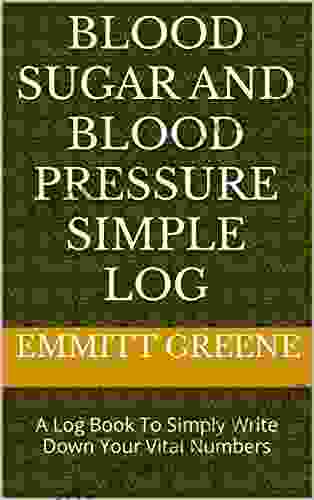
 Jerome BlairMastering Blood Sugar and Blood Pressure: A Comprehensive Guide for Optimal...
Jerome BlairMastering Blood Sugar and Blood Pressure: A Comprehensive Guide for Optimal...
 William WordsworthLife Skills Not Taught in School: Unleash Your Potential and Achieve Success
William WordsworthLife Skills Not Taught in School: Unleash Your Potential and Achieve Success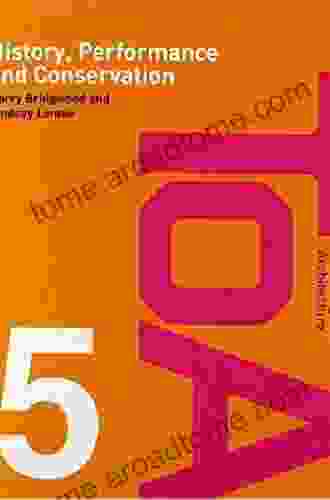
 Edgar Allan PoeUnveiling the Secrets of Architecture: History, Performance, and Conservation...
Edgar Allan PoeUnveiling the Secrets of Architecture: History, Performance, and Conservation... Andy HayesFollow ·12.4k
Andy HayesFollow ·12.4k James JoyceFollow ·2.6k
James JoyceFollow ·2.6k Pat MitchellFollow ·16.2k
Pat MitchellFollow ·16.2k D'Angelo CarterFollow ·14.6k
D'Angelo CarterFollow ·14.6k Xavier BellFollow ·11.2k
Xavier BellFollow ·11.2k Brian BellFollow ·12.8k
Brian BellFollow ·12.8k Jessie CoxFollow ·18.3k
Jessie CoxFollow ·18.3k Israel BellFollow ·5.7k
Israel BellFollow ·5.7k

 Corey Hayes
Corey HayesEasy Delicious Recipes To Heal The Immune System And...
: The Cornerstone...
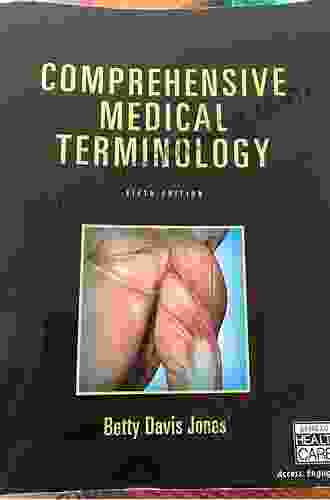
 Cody Russell
Cody RussellMastering Medical Terminology: A Comprehensive Guide for...
Navigating the...
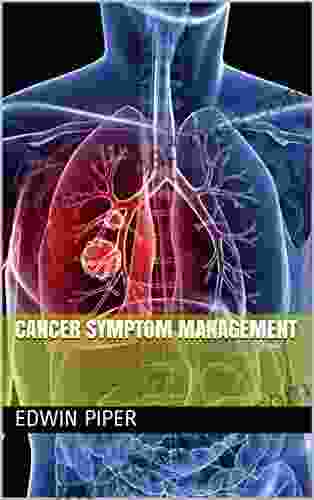
 Ibrahim Blair
Ibrahim BlairBeat Cancer Symptoms: Your Essential Guide to Symptom...
Are you struggling with the debilitating...
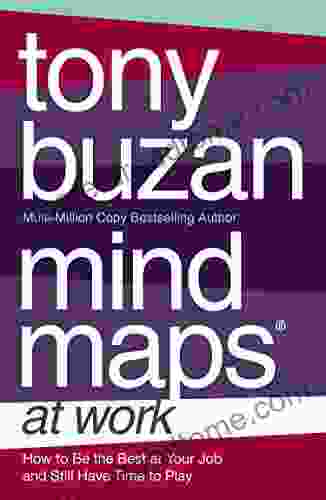
 Finn Cox
Finn CoxHow to Be the Best at Work and Still Have Time to Play:...
Are you tired...
4.7 out of 5
| Language | : | English |
| File size | : | 3977 KB |
| Text-to-Speech | : | Enabled |
| Screen Reader | : | Supported |
| Print length | : | 320 pages |


